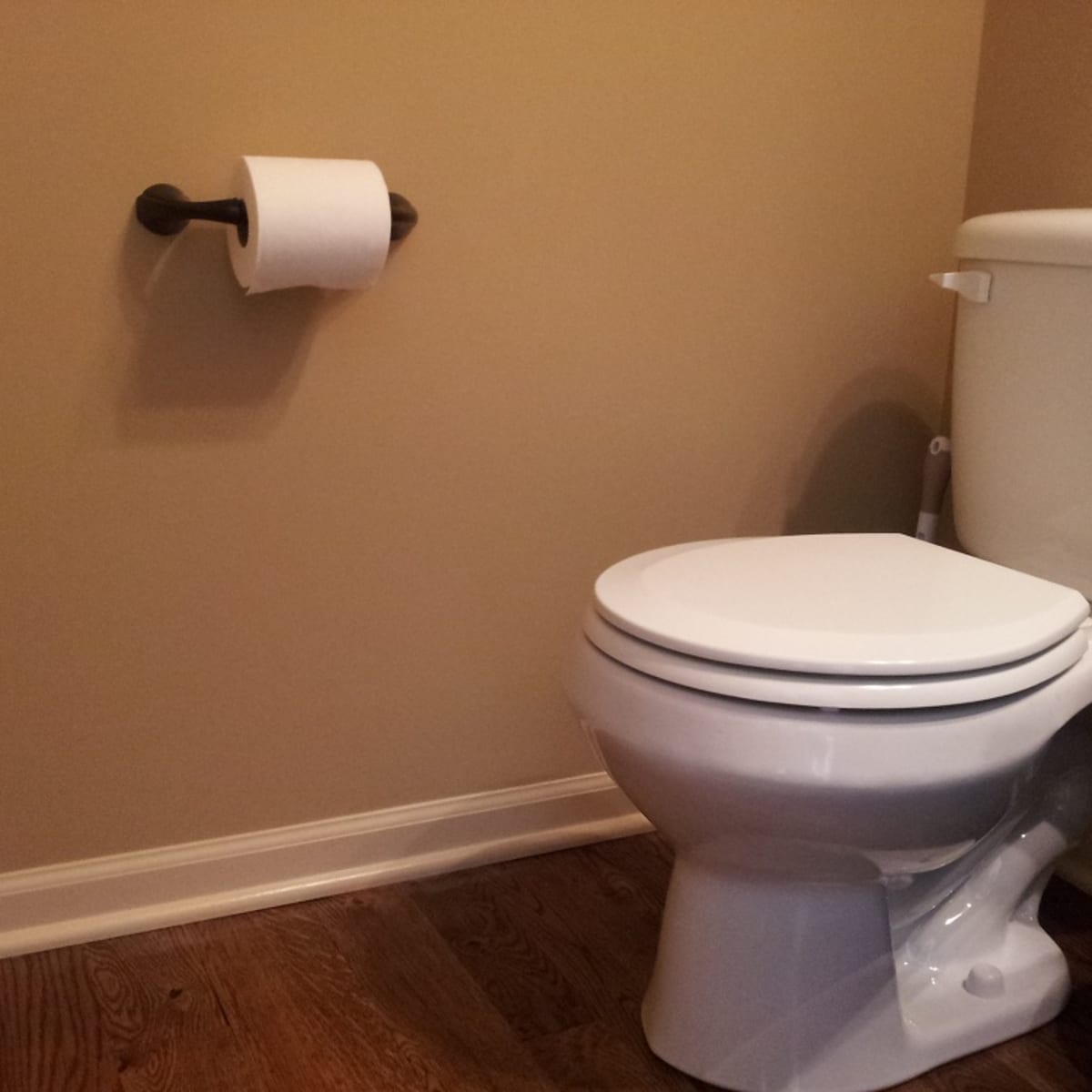In the intricate dance of bathroom design, where every element contributes to the overall harmony and functionality, the placement of toilet roll holders emerges as a seemingly minor but crucial factor. Achieving the right balance can transform your bathroom experience, making it not just visually appealing but also highly practical. This article delves deeper into the nuances of optimal toilet roll holder placement, providing practical tips to help you navigate this often overlooked aspect of bathroom layout.
Height Matters:
The placement of the toilet roll holder is a delicate affair, and one of the key considerations is its height. The holder should be strategically positioned at a height that is both comfortable and accessible.
A standard guideline suggests installing it at approximately 26 inches above the floor, a height that ensures easy reach without causing strain during use.
Distance from the Toilet:
Beyond just height, consider the spatial relationship between the toilet and the toilet roll holder. Ideally, the holder should be within arm’s reach from a seated position on the toilet.
Placing it too far away may result in awkward stretching or uncomfortable contortions, defeating the purpose of convenience.
Mounting Options:
Toilet roll holders come in a variety of mounting options, each catering to different bathroom layouts and preferences. Wall-mounted holders are popular for their space-saving design, leaving floor space uncluttered.
Free-standing options offer flexibility in placement, allowing you to move them around as needed. Recessed holders provide a sleek, integrated look, saving space while maintaining functionality.
Consider the Roll Orientation:
Seemingly trivial, the orientation of the toilet paper roll can make a difference. Determine whether you prefer the over or under orientation. The over orientation is more common and may reduce the risk of the roll touching the wall, thus maintaining a cleaner appearance.
Accessible for All Ages:
A well-designed bathroom is inclusive and caters to individuals of all ages. Consider a placement that is accessible to everyone, including children and elderly family members.
Installing a second holder at a lower height or ensuring the primary holder is reachable for children can make the bathroom more user-friendly.
Avoid Moisture Exposure:
Bathrooms are inherently moist environments, and toilet paper is susceptible to damage from excessive moisture. Avoid placing the toilet roll holder in areas prone to direct water exposure, such as close to showers or baths. Optimal placement should prioritize keeping the toilet paper dry and ready for use.
Consistent Design Aesthetics:
A harmonious and visually appealing bathroom involves more than just practical considerations. Choose a toilet roll holder that complements the overall style, color scheme, and fixtures of your bathroom. Consistency in design creates a cohesive and inviting atmosphere.
Installation Tips:
Proper installation is paramount for the longevity and stability of the toilet roll holder. Use anchors and screws suitable for your bathroom wall, following the manufacturer’s guidelines to ensure a secure placement.
This not only prevents accidents but also guarantees a reliable and durable fixture in your bathroom.
FAQs:
Q1: Can I install a toilet roll holder on the back of the bathroom door?
A1: Yes, you can. However, ensure that the door can open and close freely without obstructing the use of the toilet roll holder. Consider the door’s swing direction for optimal placement.
Q2: What is the ideal height for a toilet roll holder?
A2: The recommended height is around 26 inches above the floor. This height is a good compromise for most users, providing easy accessibility without compromising aesthetics.
Q3: Can I use a free-standing toilet roll holder in a small bathroom?
A3: Absolutely. Free-standing holders are suitable for small bathrooms, offering flexibility in placement without the need for wall mounting. Choose a compact and stylish design to maximize space.
Q4: Does the orientation of the toilet paper roll matter?
A4: Yes, it does. The over orientation is more common as it reduces the risk of the roll touching the wall, maintaining a cleaner and more hygienic appearance.
Q5: How can I prevent moisture damage to the toilet paper?
A5: Avoid placing the toilet roll holder in areas with direct water exposure, and ensure proper ventilation in the bathroom. Consider using moisture-resistant toilet paper for added durability.
Q6: Should I consider the needs of children when placing the holder?
A6: Yes, absolutely. Consider installing a second holder at a lower height or ensuring the primary holder is reachable for children. This simple adjustment can make the bathroom more accommodating for the whole family.
Q7: Can I mix different styles of toilet roll holders in the same bathroom?
A7: While it’s possible, maintaining a consistent design aesthetic throughout the bathroom is recommended for visual harmony. If you opt for different styles, ensure they share a common element, such as color or material, to tie the look together.
Conclusion:
In the intricate dance of bathroom design, the placement of toilet roll holders is an often-overlooked detail that can significantly impact the overall functionality and aesthetics of the space. By considering factors like height, distance, and moisture exposure, and by exploring various mounting options, you can ensure that your toilet roll

A group of home improvement enthusiasts and bathroom design experts, combines in-depth knowledge and a shared passion to deliver engaging, informative content that guides readers through the world of bathroom innovation and style.

Leave a Reply